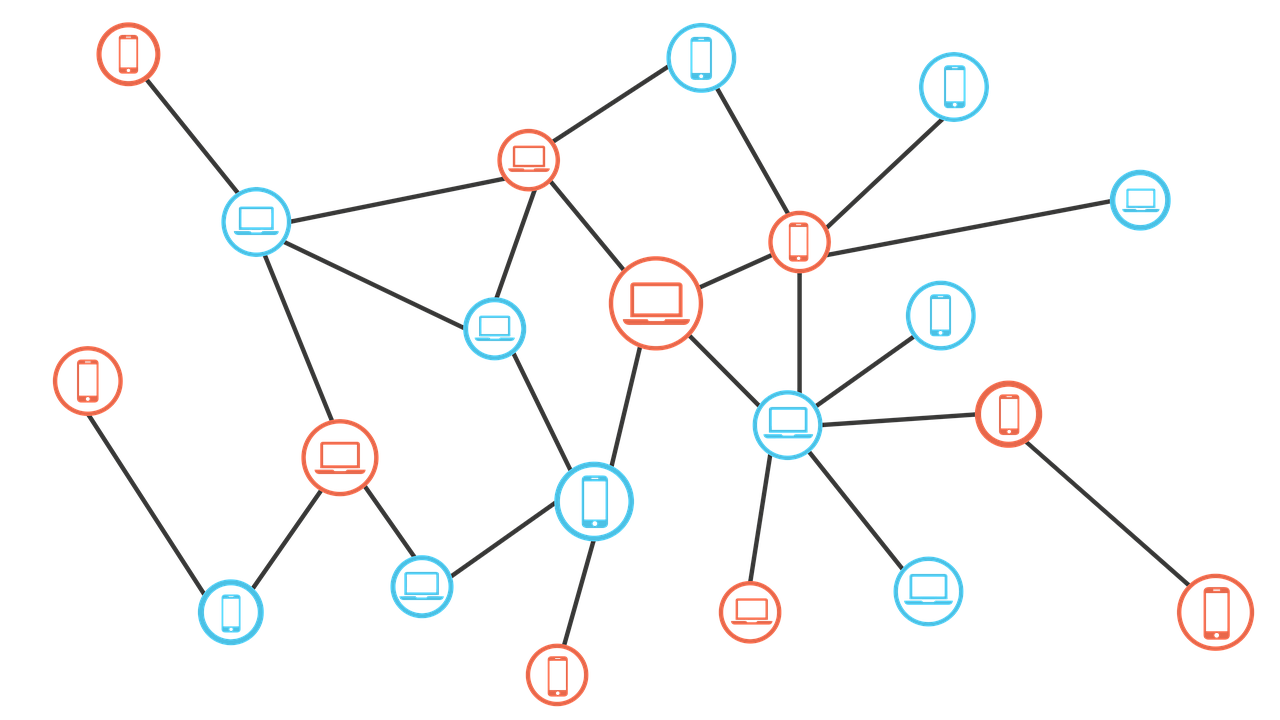Blockchain 101

Blockchain is a distributed ledger technology which stores information in a decentralized way. Each of these blocks contains a record of verified transactions.
Blockchain employs cryptographic algorithms to secure transactions. Blockchain's immutability property arises from that technology, which means that it is extremely difficult to alter the information once registered.
Another important feature is decentralization because the network is composed of several nodes independent of a central authority.
This technology is the basis of cryptocurrencies like Bitcoin or Ethereum. However, blockchain has applications in other fields such as logistics, finance, education and others.
Characteristics
Immutability
Although adding new data to a blockchain is not difficult, it's almost impossible to be modified by any participant once it's registered.
Cryptography guarantees and verifies the integrity of the data series to rule out its alteration. By means of a mathematical algorithm called hash function, the data is encoded, obtaining a series of alphanumeric characters called hash. Applied to an identical set of data, the cryptographic function will generate a unique fingerprint or hash. However, a slight change in the encoded data would generate a different hash.
Additionally, each new block in a blockchain contains information from the previous block encrypted in a hash. And the previous block in turn contains the encrypted information of its predecessors. Consequently, any change in the stored information would create a cascade effect and it would be possible to identify the exact break point.
Decentralization
In a blockchain, each node in the network has a copy of the blockchain, which is updated automatically. In this manner, all network participants have access to the registered information. However, the private information of each user remains hidden because they are not essential to participate in the network.
Blockchain types
1. Públic
A network accessible to anyone who wishes to read, send transactions or participate in the consensus process. Bitcoin and Ethereum are two of the most popular public networks.
2. Private
A network restricted to a specific group of users. Only authorized participants can read, send transactions, or participate in the consensus process. Unlike a public blockchain, a private blockchain is centralized.
3. Semi-private
A blockchain managed by an organization that grants access to any user who meets certain pre-established requirements. This type of blockchain is semi-centralized.
4. Consortium
It is a blockchain controlled by a group of organizations and not by a single one as in the case of a private blockchain. It's the most accepted type of network for business environments where multiple organizations need to work together.
Consensus protocols
Consensus algorithms are mechanisms that regulate how nodes achieve agreement on the current state of the blockchain and which transactions should be included in the next block. Thus, consensus protocols guarantee that transactions are valid and that copies of records are synchronized.
1. Proof of Work (PoW)
This algorithm requires users to perform complex mathematical calculations to validate a transaction.
2. Proof of Stake (PoS)
Validators are selected based on the amount of cryptocurrencies held by users. This method is considered more energy-efficient than the Proof of Work protocol.
3. Proof of Authority (PoA)
A group of trusted validators, also known as authorities, are responsible for verifying and validating transactions. This algorithm is mainly used in private or consortium blockchains.